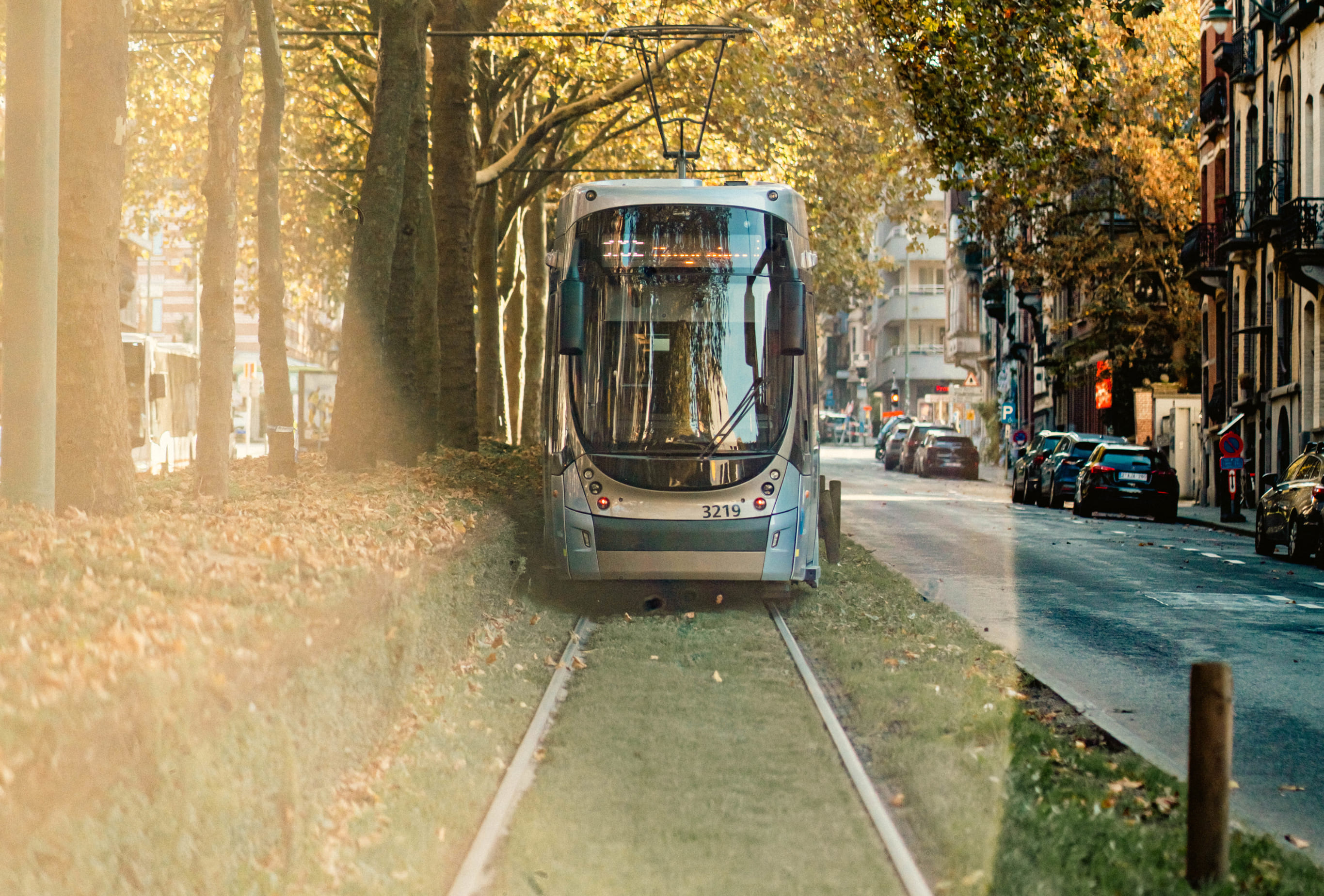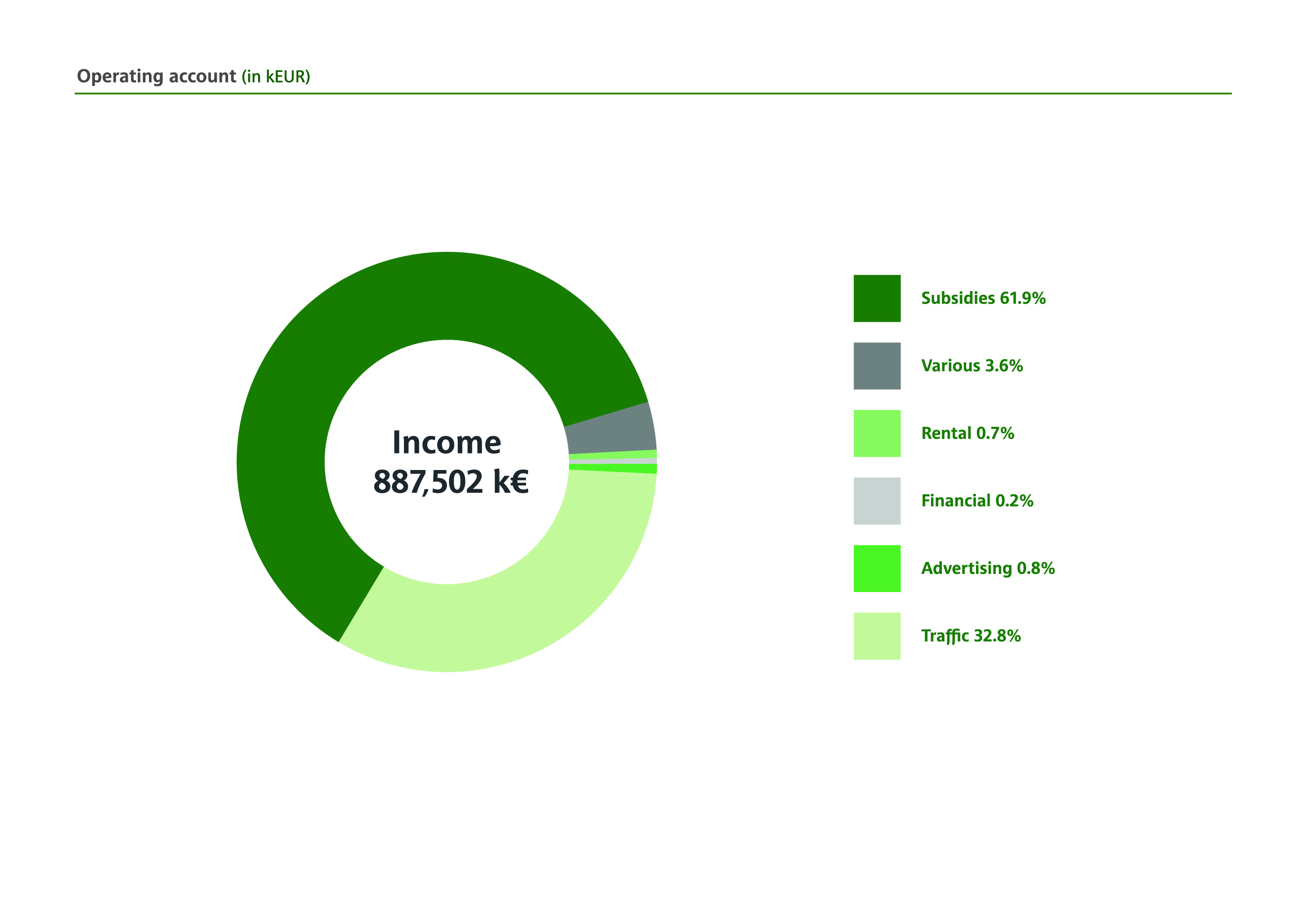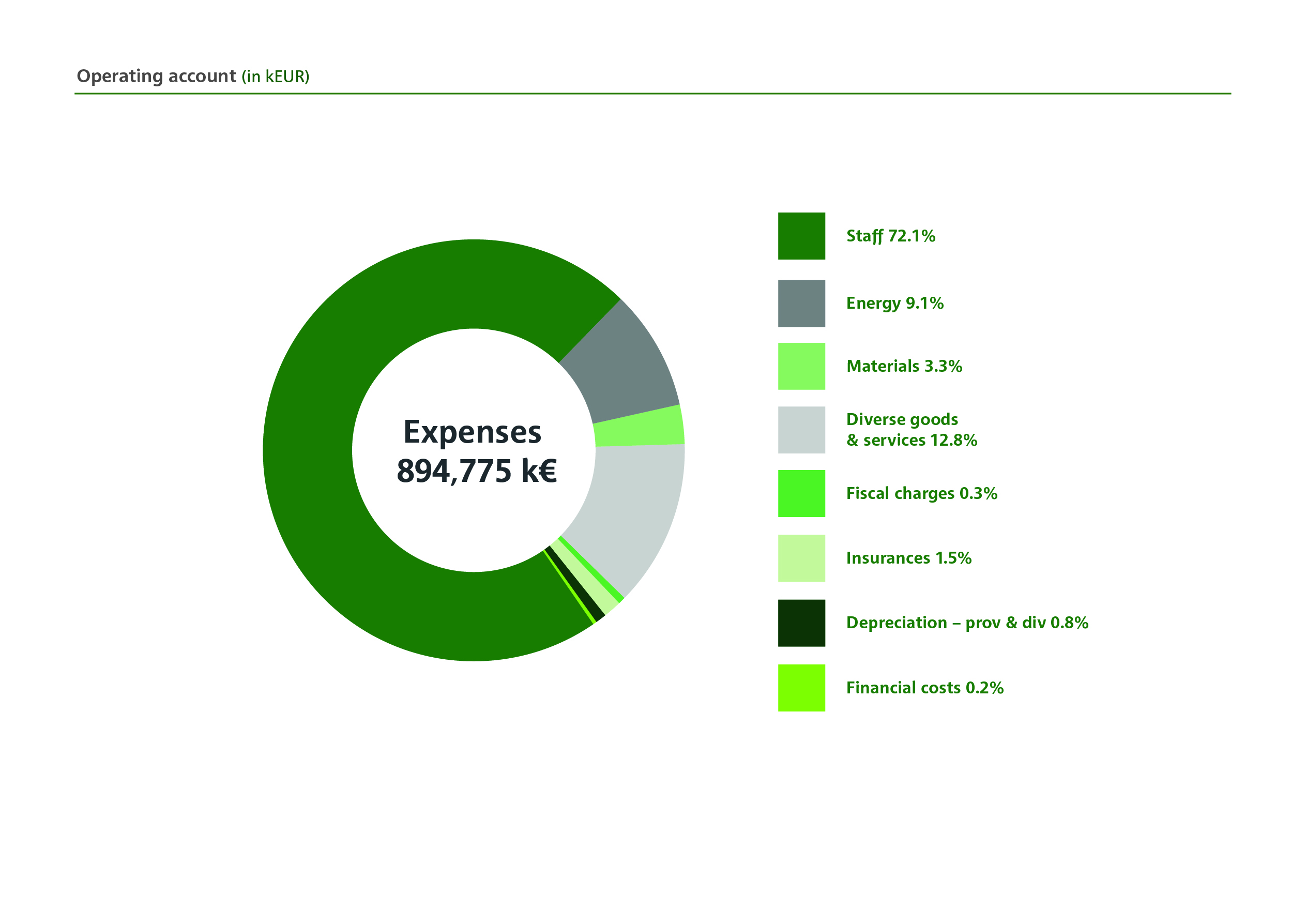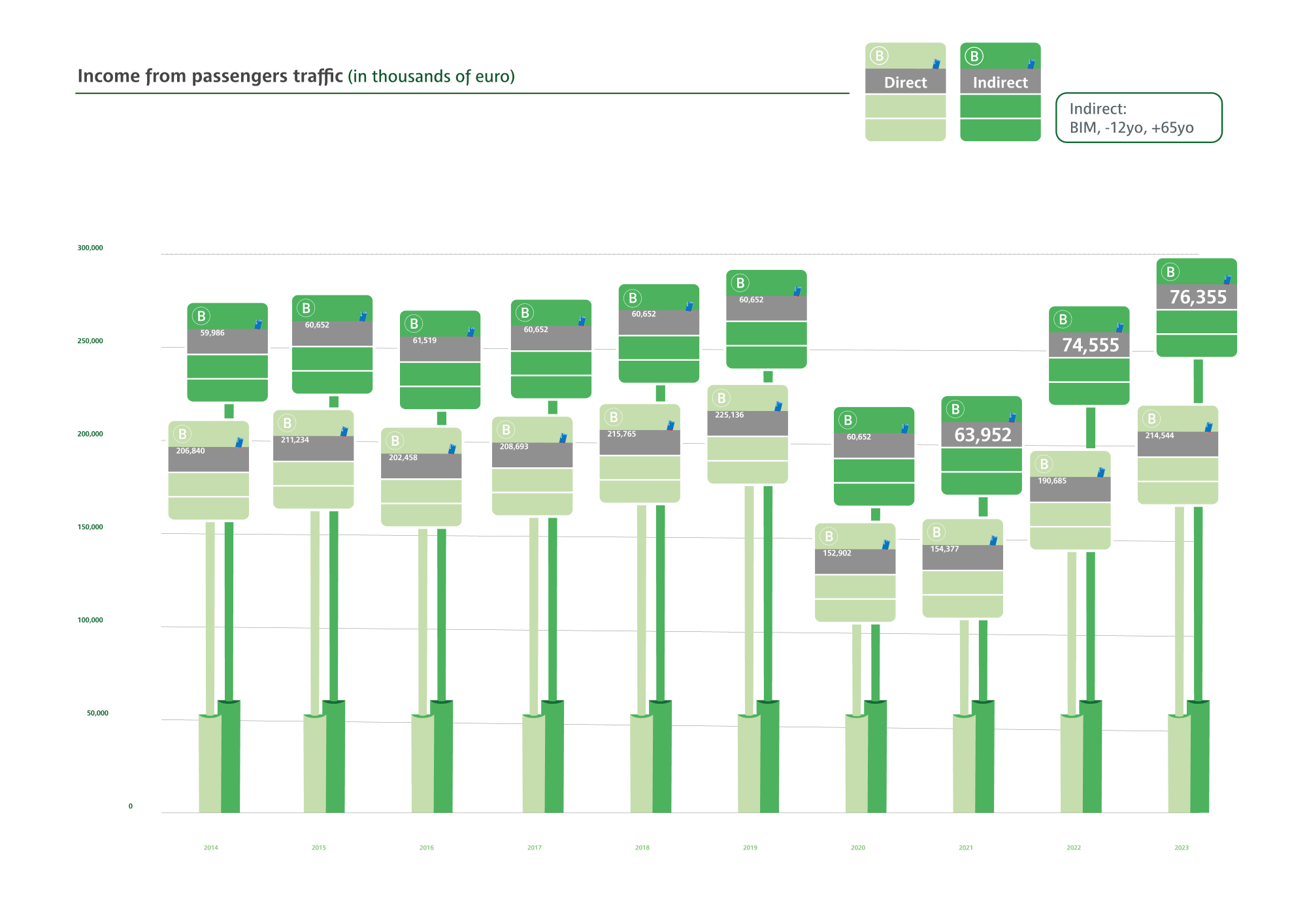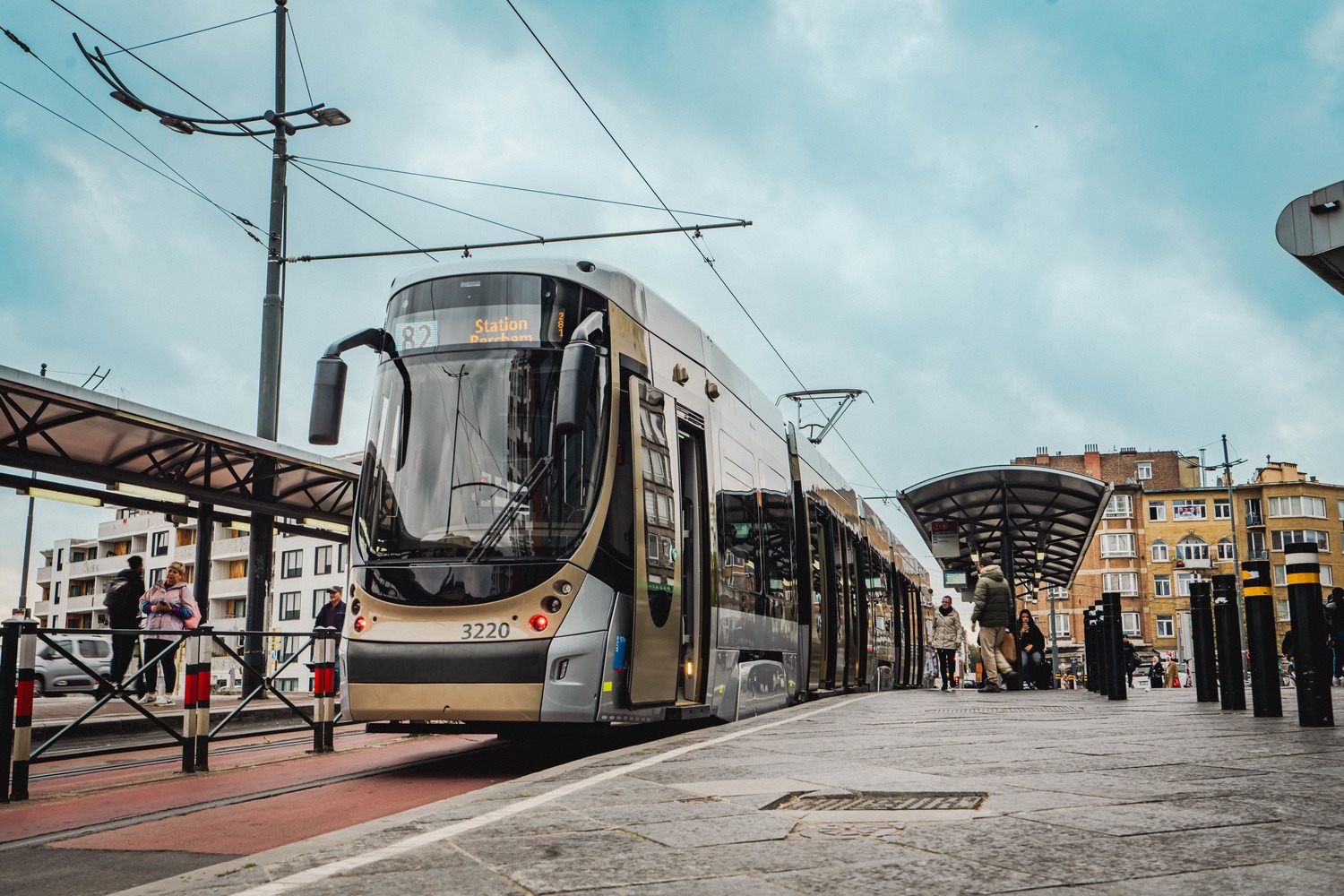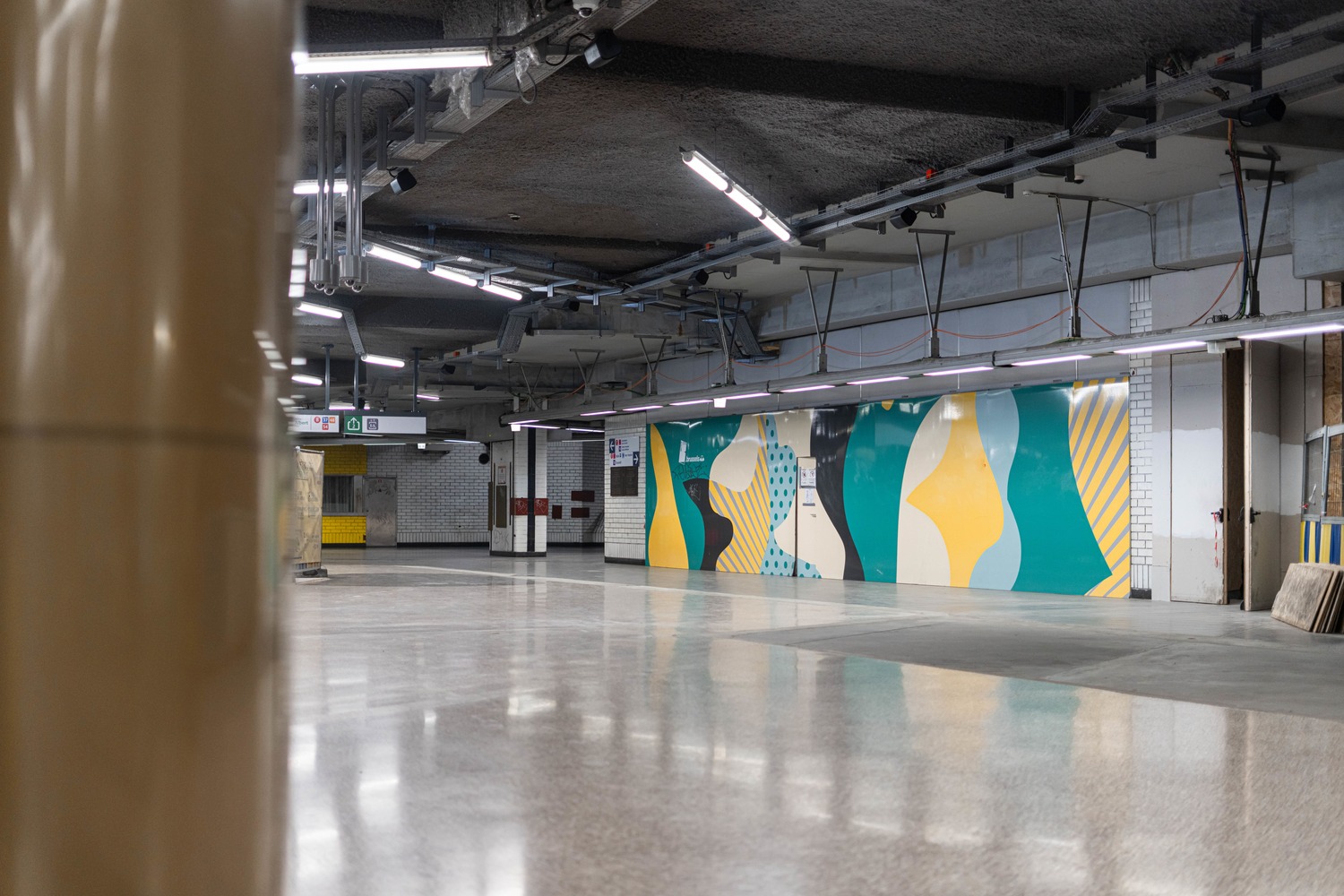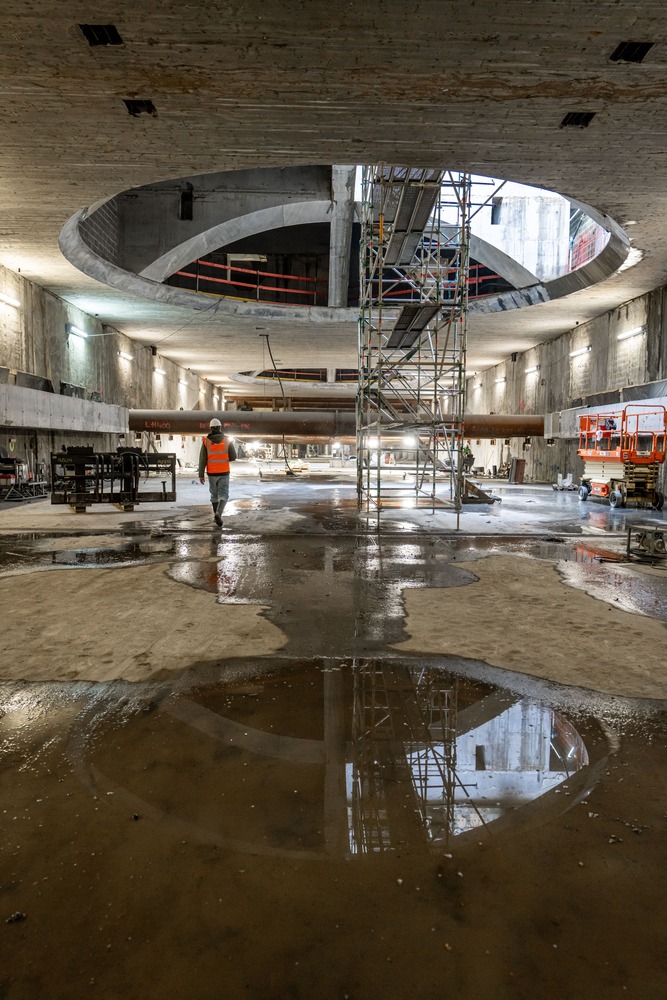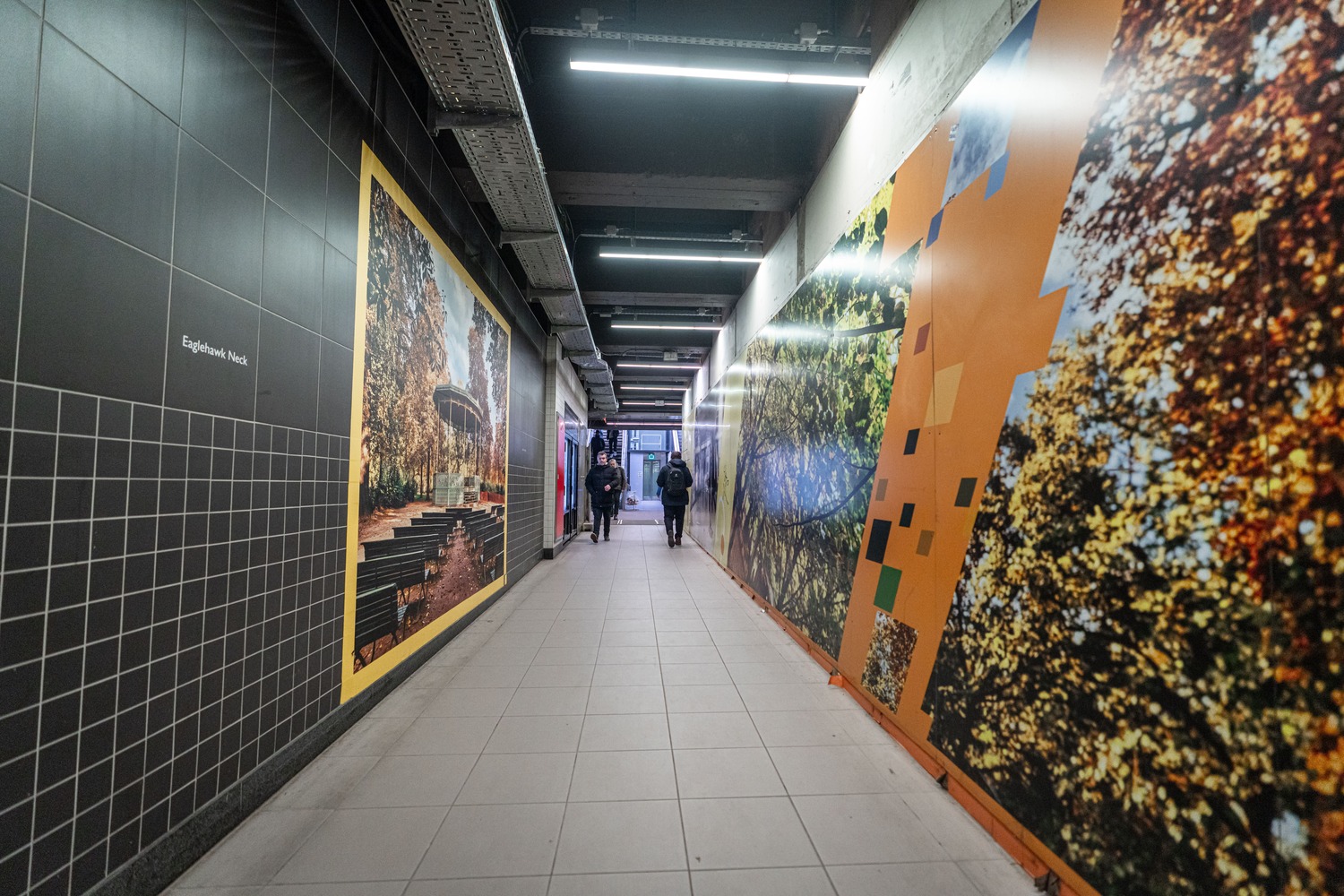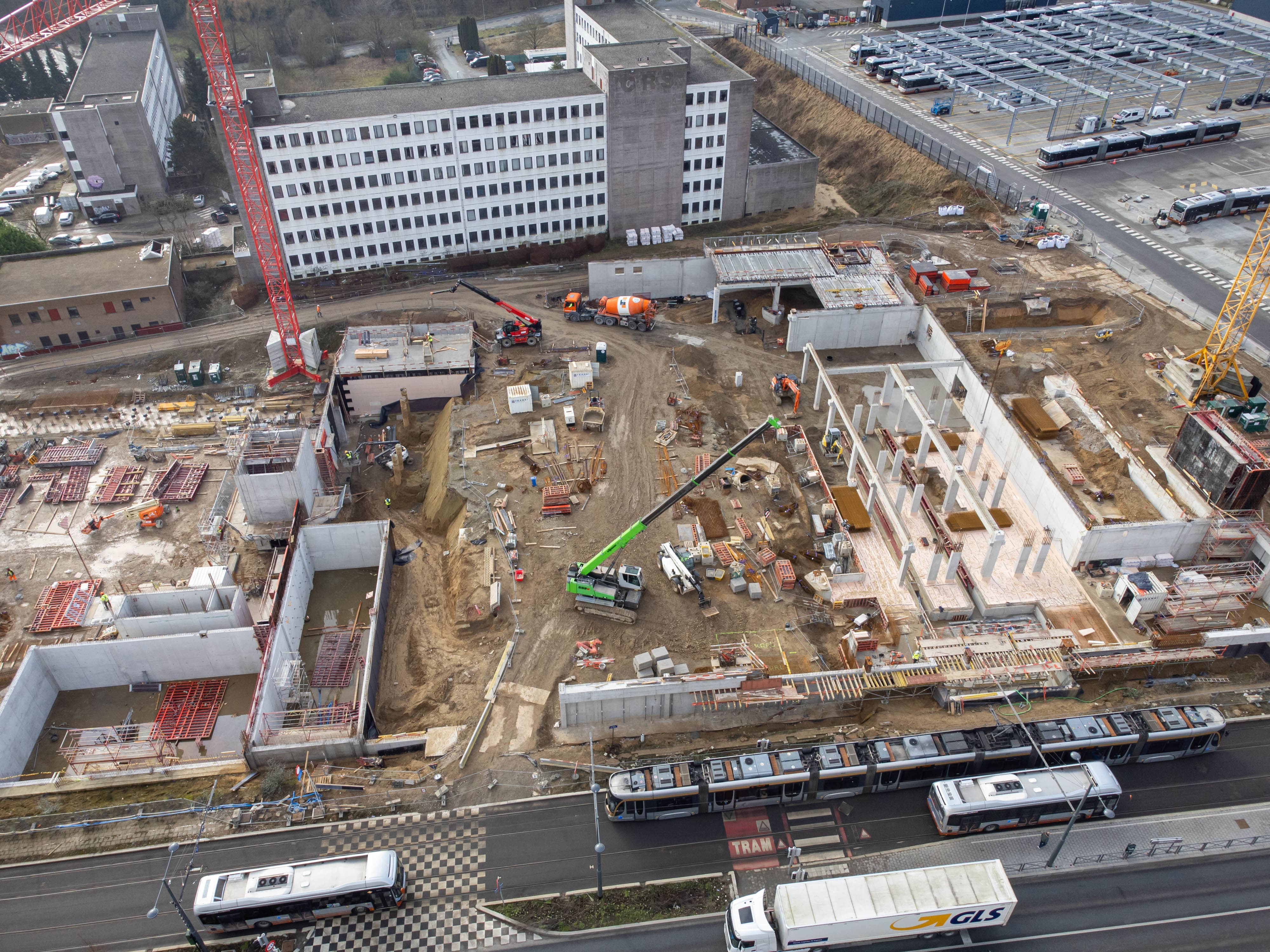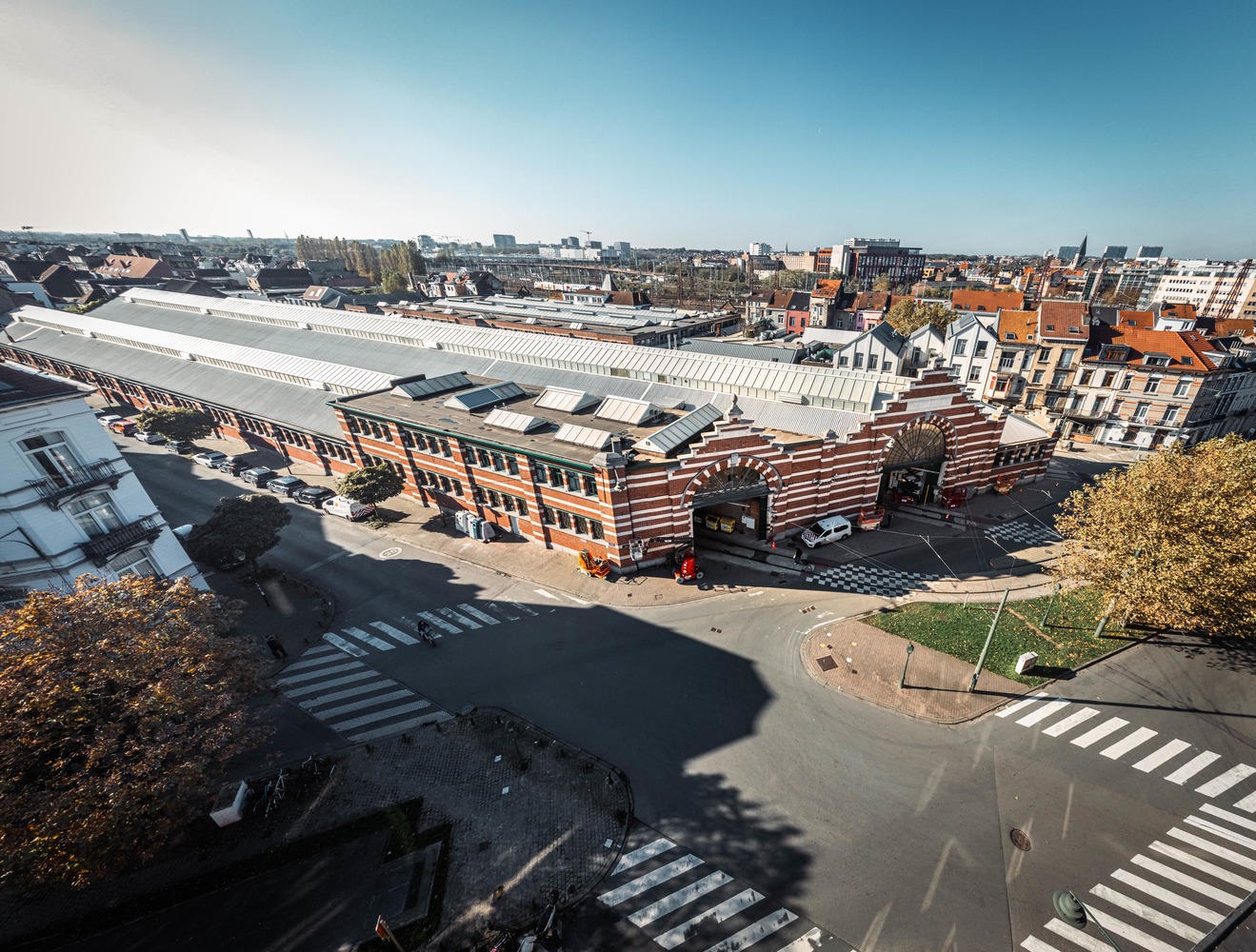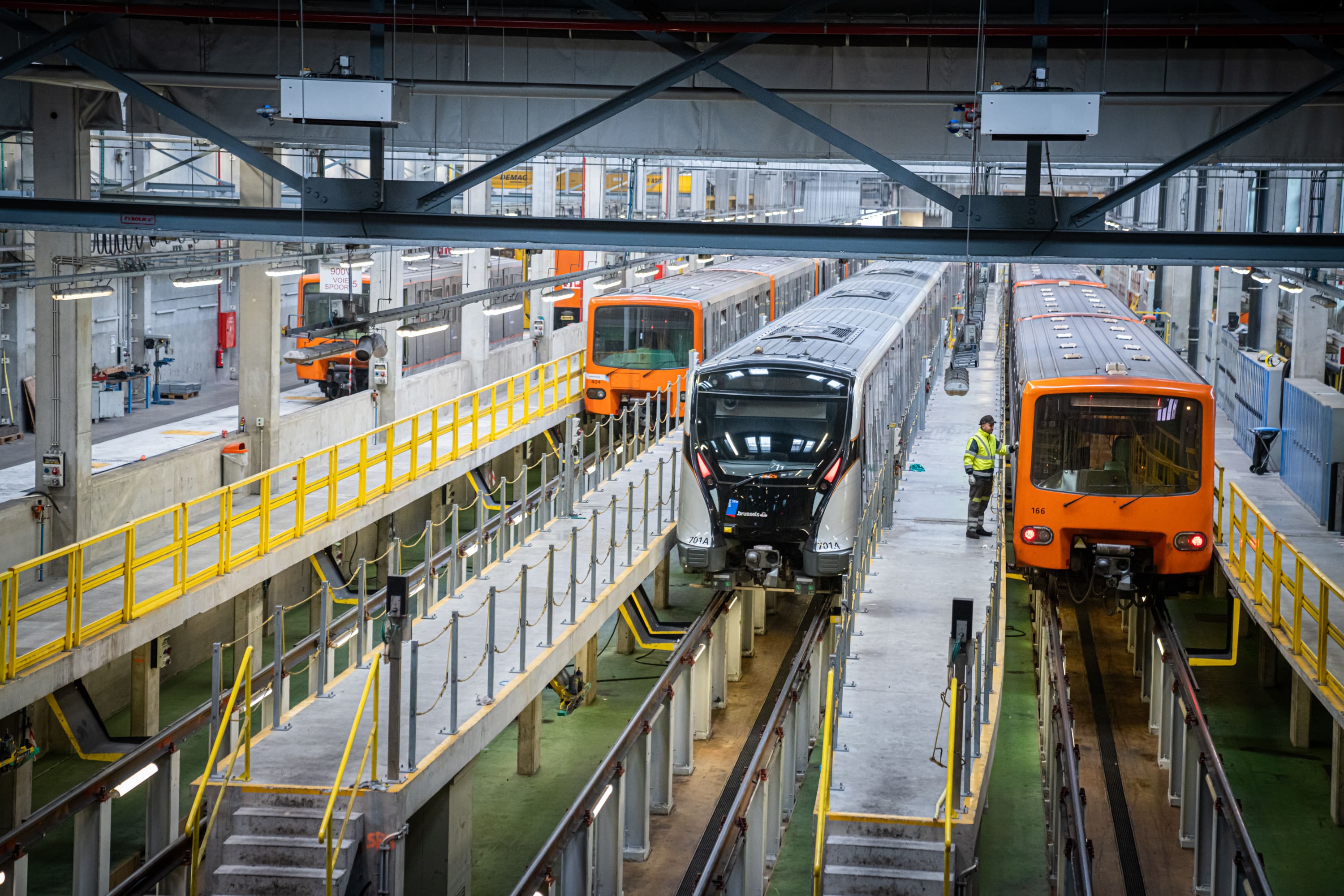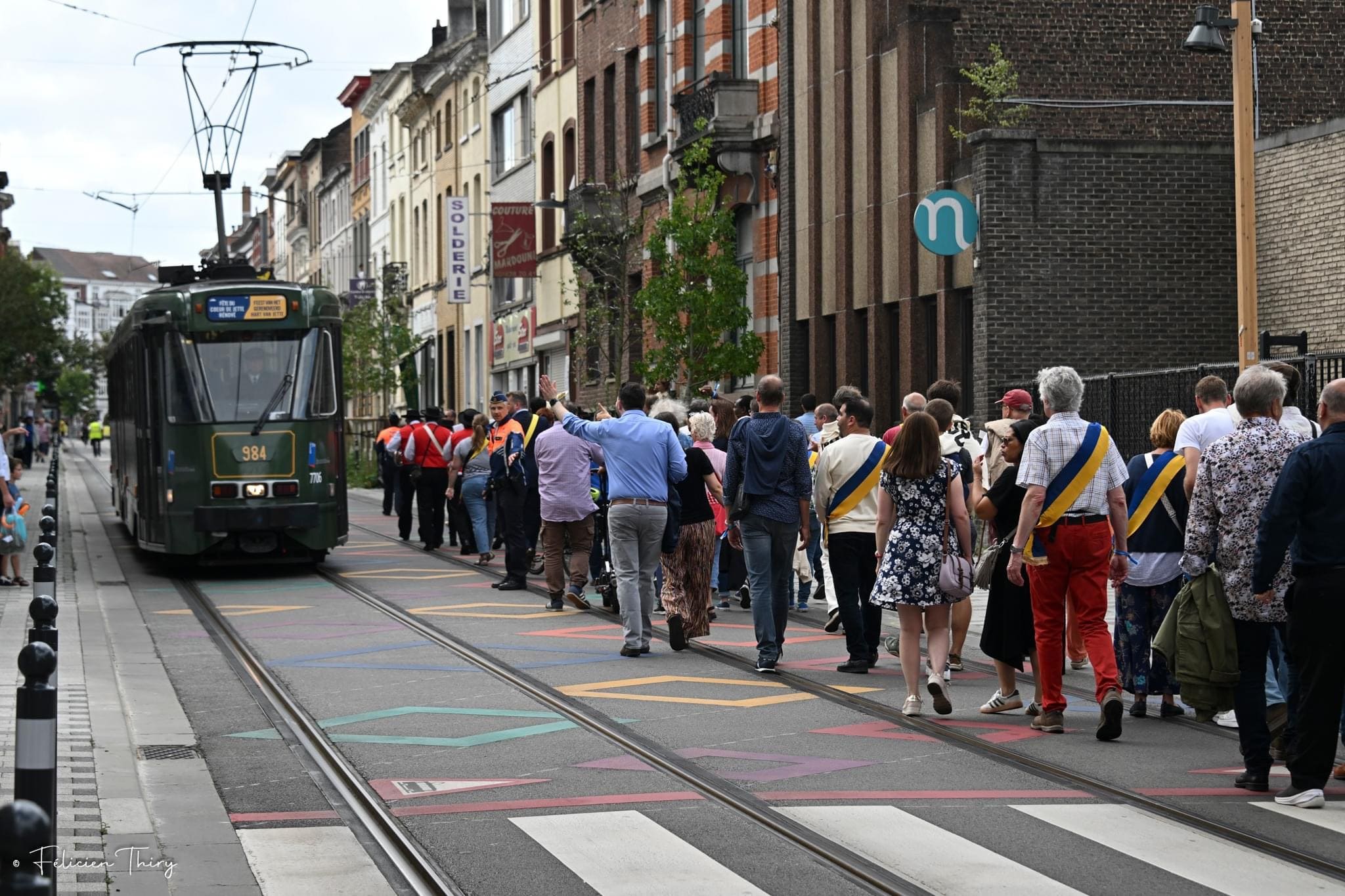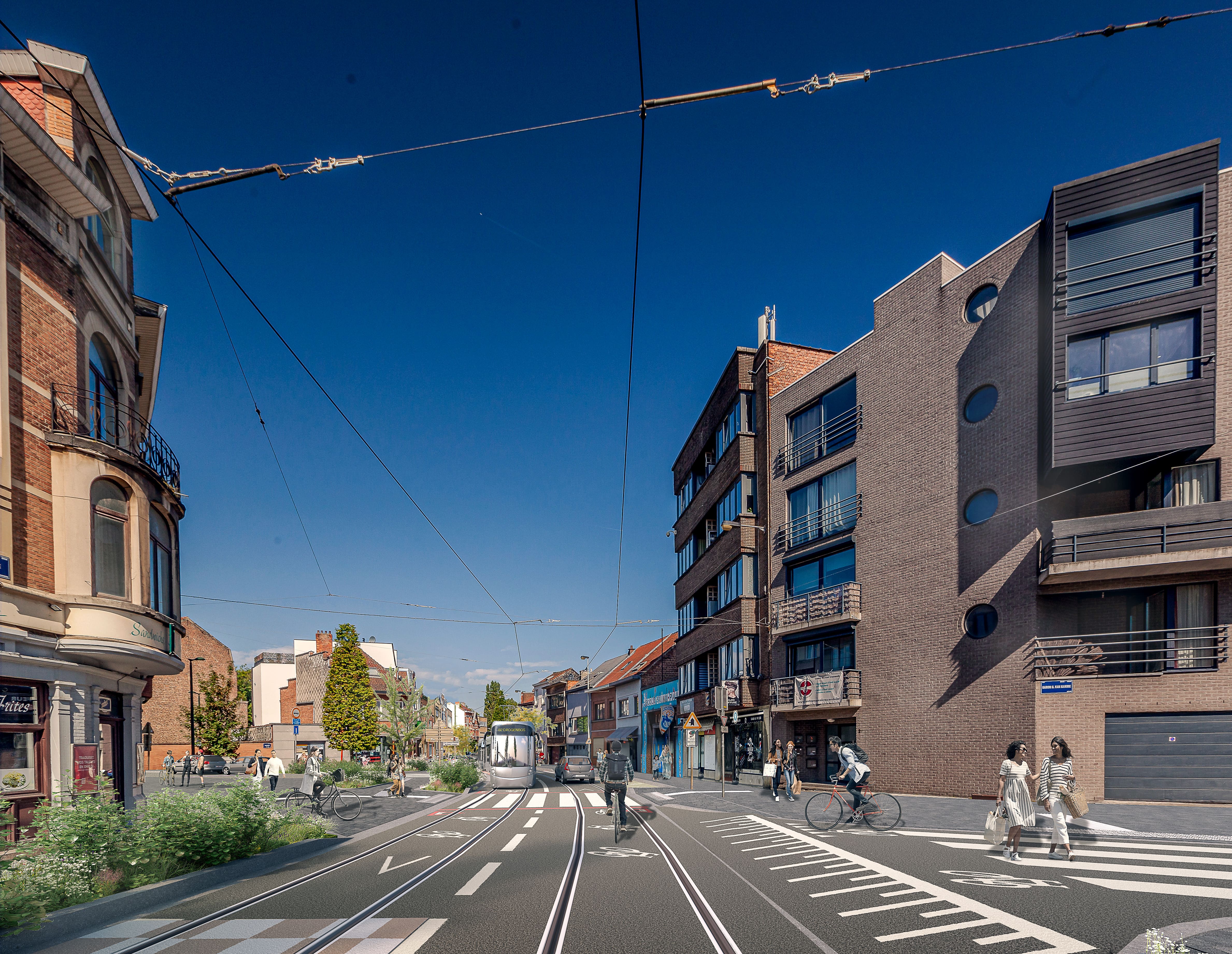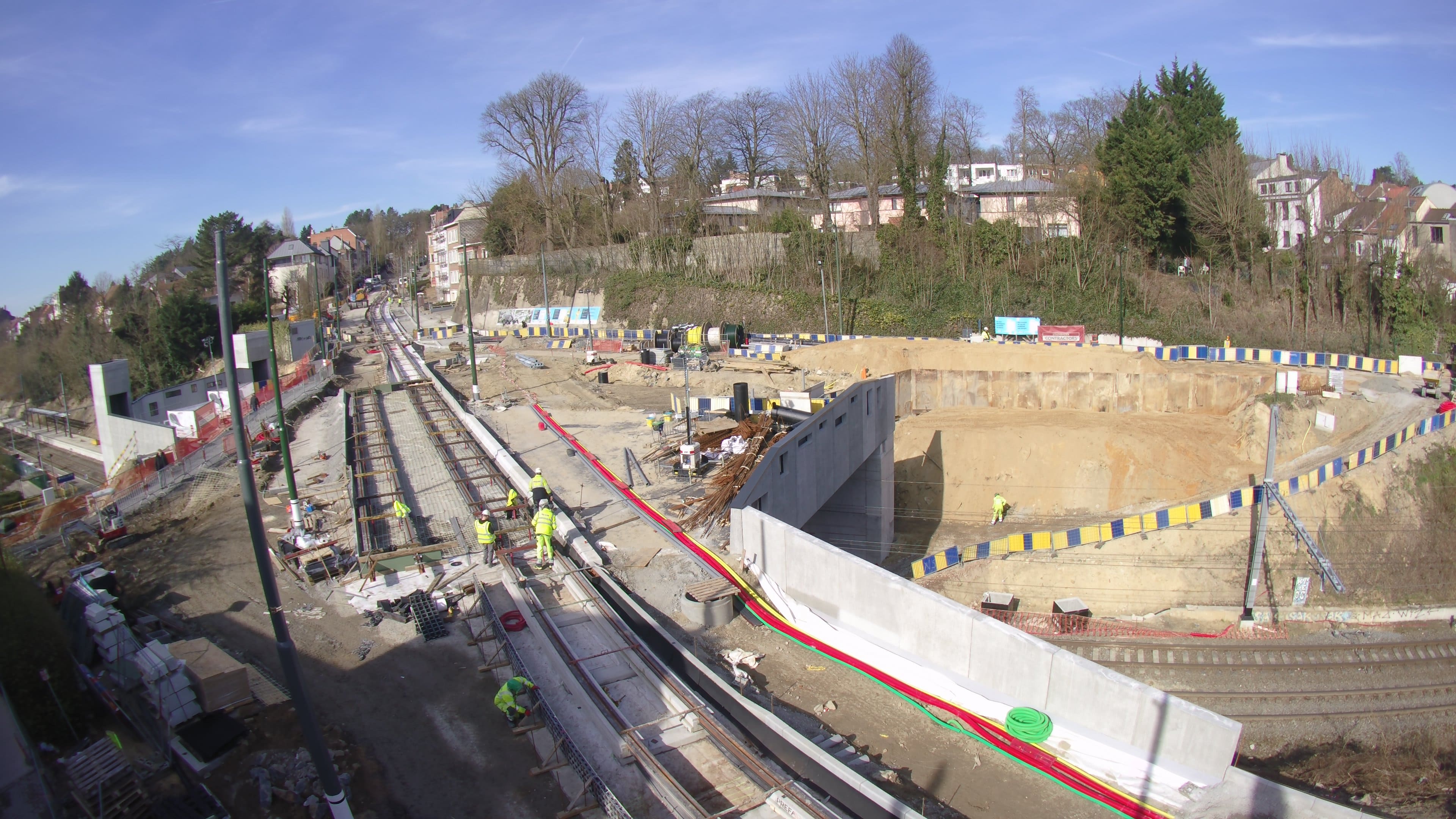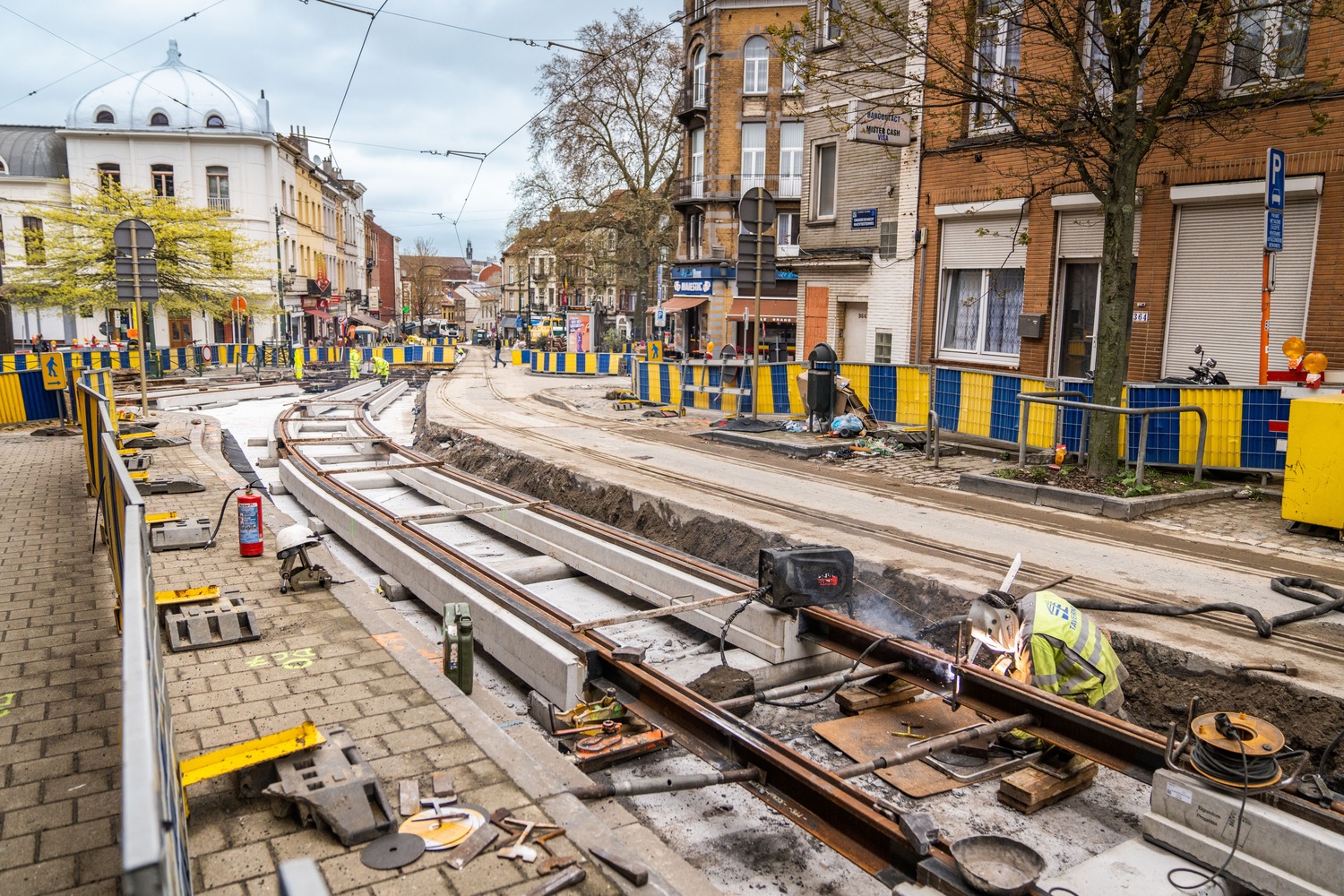Company
In addition to the daily operation of the public transport system, STIB is responsible for the development, maintenance and renewal of its infrastructure and rolling stock. To carry out the numerous projects it develops, STIB relies on technical teams with a high level of expertise. STIB undertakes numerous projects to constantly improve its public transport network and thus remain or even become the preferred choice in terms of mobility in Brussels. New lines, new vehicles, maintenance of its network... Every effort is being made to offer a quality service.
